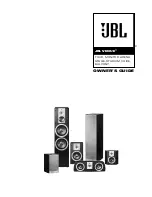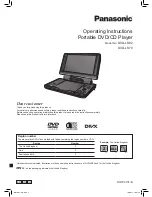
Fuel Conversion / Gas Connections
Installation Guidelines For 60 Hz EcoGen™ Generators
17
Section 5: Fuel Conversion / Gas Connections
Fuel Requirements and
Recommendations
NOTE:
Natural gas is lighter than air and will collect in
high areas. LP gas is heavier than air and will settle in
low areas.
LP
gas should only use a vapor withdrawal
system.
This type of system uses the vapors formed
above
the liquid fuel in the storage tank.
The unit will run on natural gas or LP gas, but has been
configured at the factory to run on natural gas.
NOTE:
Should the primary fuel need to be changed to
LP gas, the fuel system needs to be reconfigured. See
for instructions on converting the fuel
system.
Recommended fuels should have a BTU content of at
least 1,000 BTU/ft
3
(37.26 MJ/m
3
) for natural gas; or at
least 2,500 BTU/ft
3
(93.15 MJ/m
3
) for LP gas.
NOTE:
BTU fuel content information is available from the
fuel supplier.
Required fuel pressure for natural gas is 3.5–7.0 in. water
column (7–13 mm Hg) at the generator fuel inlet.
Required fuel pressure for liquid propane vapor is 10–12
in. water column (19–22 mm Hg) at the generator fuel
inlet.
NOTE:
The primary regulator for the propane supply is
NOT INCLUDED with the generator.
NOTE:
All pipe sizing, construction, and layout must
comply with NFPA 54 for natural gas applications and
NFPA 58 or ICC IFGC for liquid propane applications.
Verify fuel pressure NEVER drops below the required
specification once the generator is installed. See the
NFPA website at
for further information
regarding NFPA requirements.
Always consult local fuel suppliers or the fire marshal to
check codes and regulations for proper installation. Local
codes will mandate correct routing of gaseous fuel line
piping around gardens, shrubs, and other landscaping.
Piping strength and connections should be given special
consideration when installation takes place in areas at
risk for; flooding, tornadoes, hurricanes, earthquakes,
and unstable ground.
IMPORTANT NOTE:
Use an approved pipe sealant or
joint compound on all threaded NPT fittings.
NOTE:
All installed gaseous fuel piping must be purged
and leak tested prior to initial start-up in accordance with
local codes, standards, and regulations.
Fuel Conversion
Converting from natural gas configuration to LP vapor
can be accomplished with the following procedure. See
for fuel conversion knob location.
NOTE:
The orange fuel conversion knob (A) is located
above the fuel mixer (B).
To select the fuel type, turn the valve towards the marked
fuel source arrow until it stops. Fuel knob will rotate 180°
and slide into the mixer body when converting to LP.
NOTE:
The fuel selection (LP/NG) must be entered on
the controller during initial power up using the
navigation menu, or in the EDIT
menu under “Fuel Selection.”
Figure 5-1. Fuel Conversion Knob Location
(000192)
DANGER
Explosion and fire.Fuel and vapors are extremely
flammable and explosive. No leakage of fuel is
permitted. Keep fire and spark away. Failure to do
so will result in death or serious injury.
003600
A
B
















































